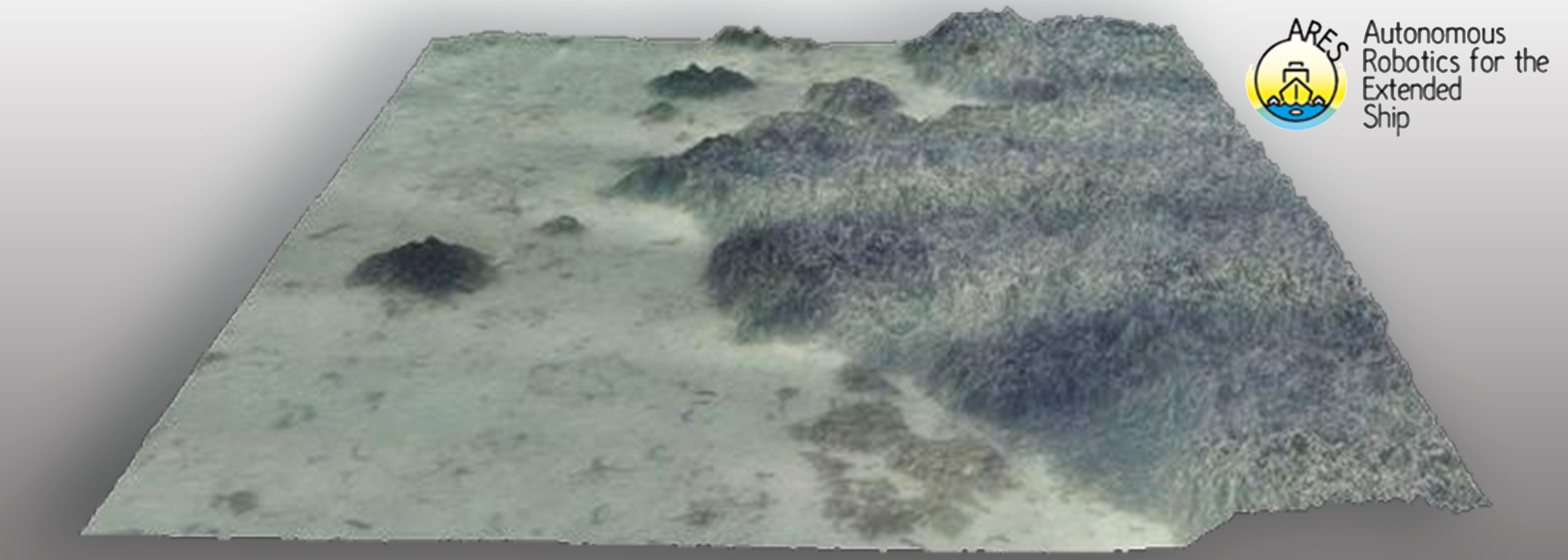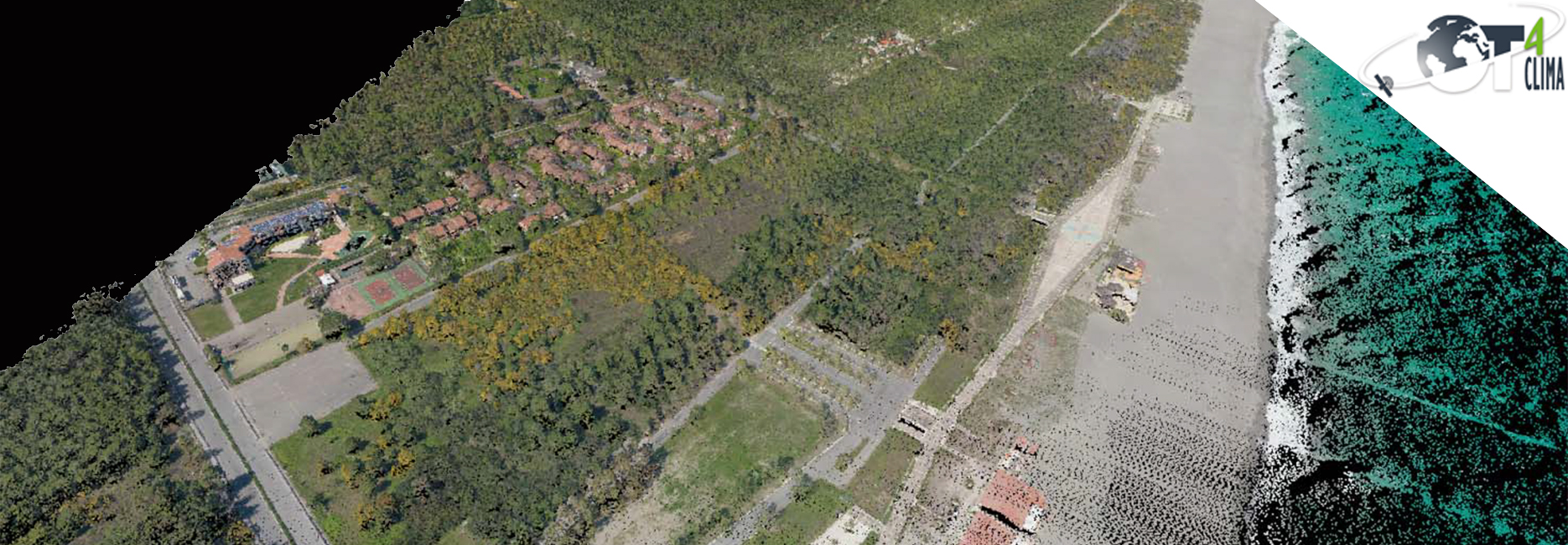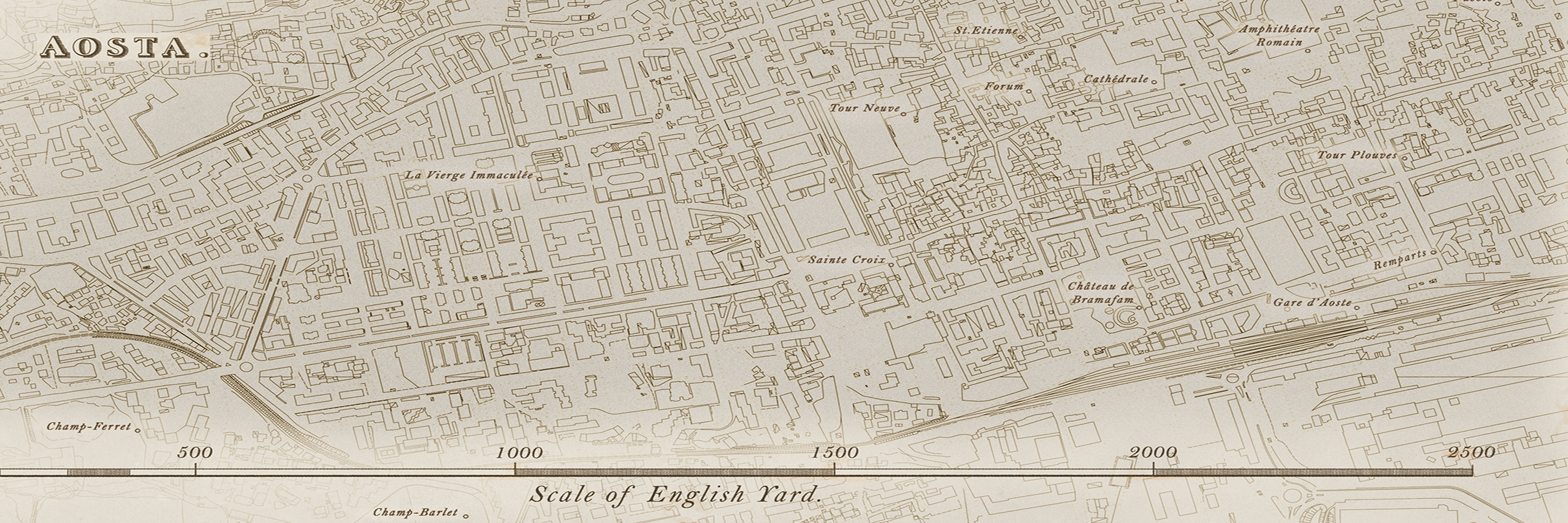ARES | Autonomous robotics for the extended ship

The ARES Research and Development project,funded by MIUR under the PON Research and Innovation Program 2014 and 2020 - PNR 2015-2020 - "Blue Growth" Specialization Area and coordinated by the National Research Council in collaboration with other industrial and research partners, intends to develop a new paradigm in the field of marine technologies: a complex system, the ship with all its subsystems (control, measure, etc.), integrated with new marine robotic technologies (i.e. a cooperative system of underwater and surface drones), to extend its flexibility of use and mission and to make it operational in several areas including emergency interventions for environmental disasters, support for the Defense system, installation and maintenance of facilities for energy extraction from the sea, offshore platforms, etc.
The project aims to increase robotic research by fueling a substrate of SMEs capable of developing robotic vehicles, instrumentation and marine sensory, ICT systems, data analysis and management, control and remote supervision.
Geocart, in particular, is researching and developing an advanced methodology for the reconstruction of complex submarine environments and structures through the multimodal aggregation of data acquired by other project partners and from optical systems (underwater cameras) and sonar systems (Side-Scan, Single-Beam, Multi-Beam) for the generation of seabed DTM (Digital Terrain Model) maps, along with orientation data and position of the acquisition platforms.
Project Partners: National Research Council (Lead Partner), MAR.TE. S.C.A R.L., MAR.TE. S.c.a.r.l. , University of CALABRIA, Next Geosolutions Europe S.p.A, Seastema S.p.A, DIAMEC Technology S.r.l, Geocart S.p.A, University Consortium for Socio-economic Research and the Environment (CURSA), University of PALERMO, Apphia S.r.l, University of GENOA, University of ROME "La Sapienza", University of BOLOGNA.
Time Period: 2019 – 2022



